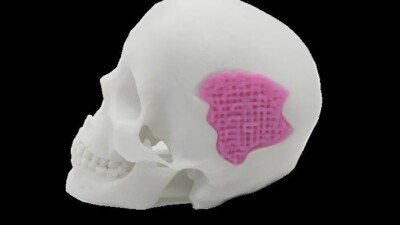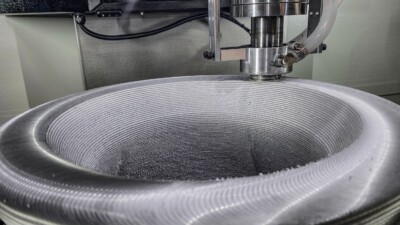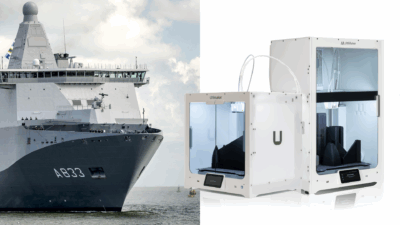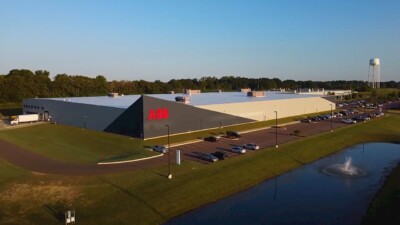New projects in the US and UK indicate increasing interest in 3D printing for energy applications.
The aerospace and medical device industries are undoubtedly the two with the greatest number of additive manufacturing (AM) applications.
But which industry takes third place?
The defense sector is a strong contender, although that’s arguably because it subsumes many aerospace applications.
The automotive industry represents a highly desirable market, but its production volume (and hence speed) requirements make it a tough nut for AM to crack.
That’s why – after aerospace and medical devices – it’s the energy sector that offers some of the most promising avenues of expansion for AM. Two of the latest examples of this trend come from the United Kingdom Atomic Energy Authority (UKAEA) and Oak Ridge National Laboratory (ORNL) in the United States.
UKAEA 3D printing components for fusion
As part of its ongoing research into nuclear fusion, UKAEA has commissioned an eMELT electron beam powder bed fusion (E-PBF) machine from Freemelt and an SLM280 manufactured by Nikon SLM Solutions.
The Freemelt machine will be used to layer tungsten onto other materials, including copper chromium zirconium, stainless steel, and Eurofer 97, a specialty steel alloy developed for use in fusion reactors. The Nikon SLM Solutions machine will be used to experiment with printing components with complex geometries and material combinations. Both machines will support the production of plasma-facing components that will need to withstand extreme temperatures during their operation.
“Future fusion power plants will require thousands – or even millions – of components with complex geometries that can withstand the extreme conditions of a fusion environment,” said Roy Marshall, UKAEA’s head of operations for fabrication, installation, and maintenance in a press release. “UKAEA believes that additive manufacturing will be essential to developing these components at a scale that makes fusion commercially viable.”
ORNL tests 3D printed stainless steel capsules in reactor
Across the pond, Oak Ridge has announced the successful testing of two 3D printed stainless steel capsules at the lab’s High Flux Isotope Reactor (HFIR). The capsules are designed to hold sample materials during irradiation experiments, providing a safety-critical pressure and containment barrier.
The ORNL researchers used laser powder bed fusion (L-PBF) to 3D print the experimental capsules from 316H stainless steel, which can withstand high temperatures and is resistant to corrosion and radiation. After being subjected to a month of irradiation in the HFIR, the capsules were removed intact.
“As we demonstrate the reliability of these printed components, we’re looking at a future where additive manufacturing might become standard practice in producing other critical reactor parts,” said Ryan Dehoff, director of the Manufacturing Demonstration Facility at ORNL in a press release.
Oak Ridge says the HFIR is one of the world’s highest neutron flux environments, designed to help researchers test and qualify fuels and materials under the same sort of conditions they would experience inside a nuclear reactor.
“The nuclear materials and fuels research communities are being asked to qualify advanced reactor technologies to survive very harsh conditions,” said Richard Howard, a group leader in the Nuclear Energy and Fuel Cycle Division at ORNL, in the same release. “Additive manufacturing will expand my group’s toolset to develop innovative experiments to support this critical need.”
Additive manufacturing in the energy sector
The qualities that make 3D printing so well-suited to aerospace and medical device applications (and vice versa) are similarly applicable to the energy sector.
First and foremost, these applications are typically low-volume, making the relative production speed of additive processes less of an issue. Then there are the unique capabilities of 3D printing technologies: complex geometries and material combinations that cannot be achieved by other, more conventional manufacturing processes.
Finally, as a direct result of these other qualities, many of the components produced for aerospace, medical device, and energy applications are inherently expensive, making the relatively high upfront capital expense of AM systems easier to justify.
Taken together, the product volumes, complexities and costs of manufacturing for energy applications – particularly nuclear energy – make this a highly promising area for the growth of additive manufacturing.



